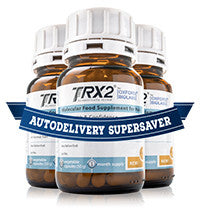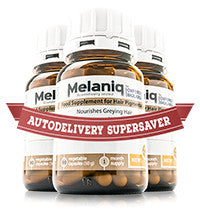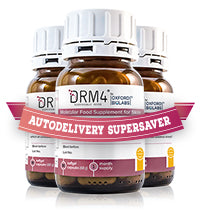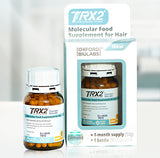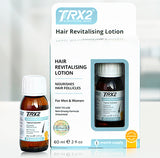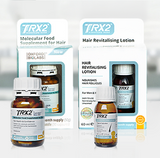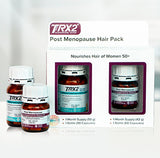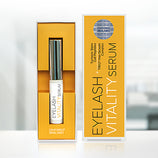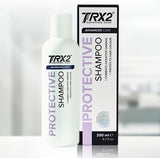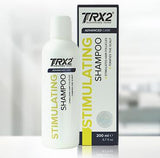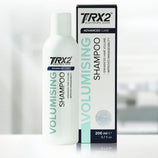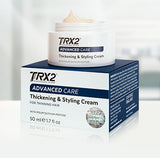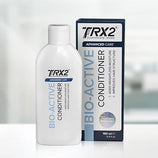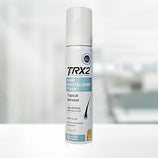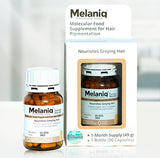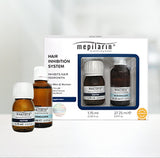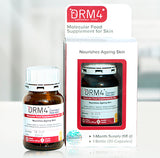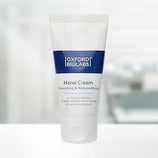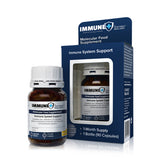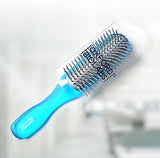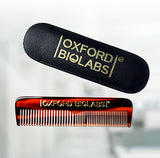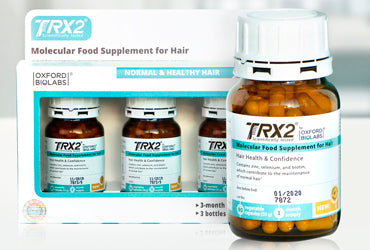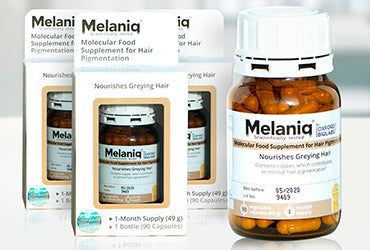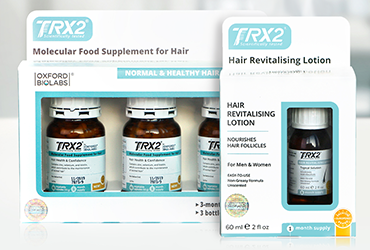The state of your skin can be a good indicator of the state of your health. Grey, sallow or mottled skin usually reflects an internal issue, whereas glowing, flawless skin generally means you are either young or health conscious. Having said that, less-than-perfect skin doesn’t necessarily mean you’re a mess inside. Sun damaged skin is a typical example of this; sun exposure (in excess) is one of your skin’s main adversaries, along with other environmental conditions, toxicities and the inevitable aging process.
The inconvenient truth is that it’s often the most fun or indulgent things in life that give our skin a hard time… and sun worshipping is one such thing. Here in the UK we eagerly flock soak up any sunshine we can get, like moths to flames. As a result, sun damaged skin is a reality for all too many of us. Too much sun exposure allows the sun’s heat to dry your skin out, depleting it of lubricating oils. To add to that, ultraviolet radiation (UV) can both burn and structurally damage your skin. The end result is premature aging of the skin.
Read on for the signs of sun damaged skin and the lowdown on the best ways to reverse sun damage. You’ll soon be equipped with the knowhow to restore that healthy glow to your precious skin…
How can you tell if you have sun damage?
So what does sun damage on skin look like? The symptoms of sun damage are pretty easy to spot when you know what you’re looking for. The sun’s UV rays give you early (or extra) wrinkles, since they break down your collagen and elastin – the proteins responsible for firm, smooth and youthful looking skin.
Another of the most common signs you have skin damage from the sun are the flat, brown marks known as sunspots. Also called liver spots or solar lentigines, these unsightly marks are a form of skin hyperpigmentation. Sunspots occur because the skin produces the chemical melanin in order to protect itself from those harmful UV rays. Excessive sun exposure can result in the formation of clumps of melanin, which appear as brown or black spots that look like very large freckles.
Know that you’re far from alone if you have these symptoms of UV damage; research indicates that UV exposure causes 80% of the aging of facial skin in Caucasians.
How to repair sun damaged skin
A natural next question might be, ‘Can you repair sun damaged skin?’
We’re happy to say that yes, it’s totally possible. Although you may not be able to reverse all of it, there are steps you can take to restore vitality to your skin. There are quite a few treatments and products that reverse sun damaged skin to varying degrees, as outlined below.
The best treatments for sun damaged skin
Among the most popular treatments for UV damage are chemical peels, microdermabrasion, laser therapy and cryotherapy. These can be harsher on your skin than some of the creams you can apply at home, they may have side effects and they can be pricey… but they are popular because they work more quickly.
- Chemical peels remove damaged skin cells from the upper layers of the skin. The creams used are usually alpha-hydroxy or salicylic acid cream, which you can apply at home; or, a medium-depth peel prescribed by a dermatologist.
- Microdermabrasion removes the outer layer of the skin with tiny crystals, grains or diamond tips, thus removing a lot of the damaged skin. It is also good for regenerating collagen.
- Laser therapy consists of short pulses of concentrated light focused on the damaged areas of your skin. This reveals newer, fresher skin below it. Different types of laser therapy include erbium laser resurfacing and CO2.
- Cryotherapy treatments are simply the use of liquid nitrogen to freeze the damaged skin so that it peels off.
The best products for UV damage
Skin creams can be applied at home and although the restoration process can take longer, they are usually gentler on your skin. They have fewer (or zero) side effects and are particularly good for wrinkles. Some of the best products for sun damaged skin are creams and supplements, such as:
- Beta-carotene, an antioxidant found in fruit and vegetables that benefits skin flexibility and makes it supple. It is popular for reducing wrinkles caused by the sun. It is a common ingredient in supplements and skin creams.
- Retinoids, which are compounds that boost collagen production. It comes in serums and creams that can be prescribed by a dermatologist, although the less potent type known as retinol is easily found over the counter. Retinoids can smooth wrinkles, as well as expedite cellular turnover and pigmented cell shedding.
- Skin-lightening creams, which may contain hydroquinone to lighten or kojic and glycolic acids to remove sunspots.
High quality supplements can be a very beneficial option for healing and revitalising sun damaged skin. Healthy skin and hair is a primary focus at Oxford Biolabs, so using world-leading research we created an all-in-one food supplement that contains everything you need to regenerate aging and sun damaged skin. DRM4® Molecular Food Supplement For Skin has been carefully designed for the signs of premature skin aging due to oxidative stress, UV radiation, environmental and dietary toxins, and pollution.
It is the perfect supplement for protecting your cells from free radical damage and reducing the detrimental effects of UV on your skin. The unique formula consists of natural ingredients such as omega-3/omega-6 fatty acid rich oils, plant extract, and vitamins and minerals vital for skin health (including biotin and niacin, essential B vitamins for healthy skin).
The bottom line is that skin damaged by the sun can make you feel less than your best, but it isn’t the end of the world. With the right products or treatments you can reverse at least some of the signs of damage, restoring a youthful glow to your skin over time. We hope you found this article informative, and feel free to get in touch if you have any questions about our products. We’ll be happy to help!
